WINTHROP — Winthrop has an opportunity to receive a grant from the federal Land and Water Conservation Fund to cover half the cost of a $3.5 million development project for Norcross Point and the adjacent public beach.
Town officials estimate the total project cost at $3,545,533, with the Norcross Point portion at $1,935,148 and the beach portion an estimated $1,610,385.

The Norcross Point projects include shorefront stabilization, which is estimated to cost $655,750; demolition of the restroom building and boat wash station and construction of new facilities; boating facility renovations, including parking lot expansion and resurfacing; and floating docks.
Additional amenities could include metal railings for the gazebo, security cameras and Wi-Fi, picnic tables, bike racks, signs and informational kiosks and a playground
Public beach renovations would include removal of the concrete swim pier, seasonal access with seating to the shoreline that complies with the Americans with Disabilities Act standards, a paved walkway, a sidewalk adjacent to on-street parking and stone waterfront seating.
Shorefront stabilization for the park at the public beach is estimated to cost $611,875.
If the Town Council moves forward with a matching grant for the entire project, construction would likely not begin until the latter half of 2023.
Town Councilor Anthony Wess, who helped lead a study on redeveloping the beach properties, said at the Jan. 24 council meeting the town was approved recently for a $320,000 grant from the Land and Water Conservation Fund for the project.
Town Manager Jeff Kobrock, who also helped lead the study, said the Land and Water Conservation Fund board showed strong support for providing additional funding after the grant was approved.
“During a discussion with a (Land and Water Conservation Fund) program officer after our award, he indicated that this was a wonderful project that he supported very strongly,” Kobrock said, “and that if we were to provide more local match, that he would provide more grant funding. So in other words, the door was open to us to increase our local match and keep that 50% grant ratio.”
Kobrock said discussion was “informal,” but the town has an opportunity to extend the $320,000 grant to potentially cover half the entire project.
With the original, smaller grant, Wess said the town would likely need to complete the project in phases over five or six years. Issues with this plan include dealing with changes in the permitting process and zoning rules, and needing to start and stop multiple times.
“Having that long of a project would increase the cost by probably close to a million dollars,” Wess said, “because every time you stop and start a project, you have to move in and move out, and the mobilization costs could be somewhere around $150,000 per phase.”
If the town moves forward with obtaining a matching grant for the entire project, Kobrock said the debt service and capital needs would decline over time.
“We find ourselves in the position where we can actually borrow money and continue to see our capital expenditures decline, even with additional debt service taken off,” Kobrock said.
According to financial projections, the town’s annual payment would be $102,342 over 20 years.
Councilor Linda Caprara raised concerns about the amount of money required for the project, even with the 50% matching grant.
“I’m just not comfortable spending this kind of money on this project,” Caprara said. “I will gladly spend money to redo the docks and some of the other improvements that need to be made, but I am not inclined to bond for this amount of money.”
Councilor Barbara Alexander asked how the town would go about confirming the additional grant funding, and if another application would be required.
Kobrock said through informal conversations with the Land and Water Conservation Fund official, he learned the door is open for the town to accept the full grant, and that the organization now only needs confirmation from the council to officially move forward.
Alexander suggested doing public outreach for the plan and soliciting community input.
Wess emphasized quick action on the project because erosion along the beach and boat ramp area will become significantly worse in the coming years.
He said he is not opposed to doing community outreach, but that when he began working on the project two years ago, his primarily responsibility was community outreach. With a community of about 6,000 people, he and others reached out to a couple of thousand residents, and heard only positive feedback.
“We could do outreach again, but it would just kind of slow us down,” Wess said. “They all know what we’re doing. We’re not hiding anything.”
Council Chairperson Sarah Fuller said on one side, she has heard from residents that the area has been neglected because some feel it is not worth spending the money. On the other hand, she said, people will ask why towns like Hallowell, Augusta and Gardiner are working to improve their assets.
“That is exactly the crux. We’re not willing to spend any money to maintain or improve the assets that we currently have, and this is really just a great opportunity to do that with a match that is pretty unprecedented,” Fuller said. “I think we were hugely excited to get the first grant approved. To have that door reopened to us is a rare occasion that doesn’t come around very often.”
Because the Land and Water Conservation Fund needs to hear back soon, Fuller suggested revisiting the matter and taking action at the Town Council’s next meeting, scheduled for Feb. 7.
Send questions/comments to the editors.

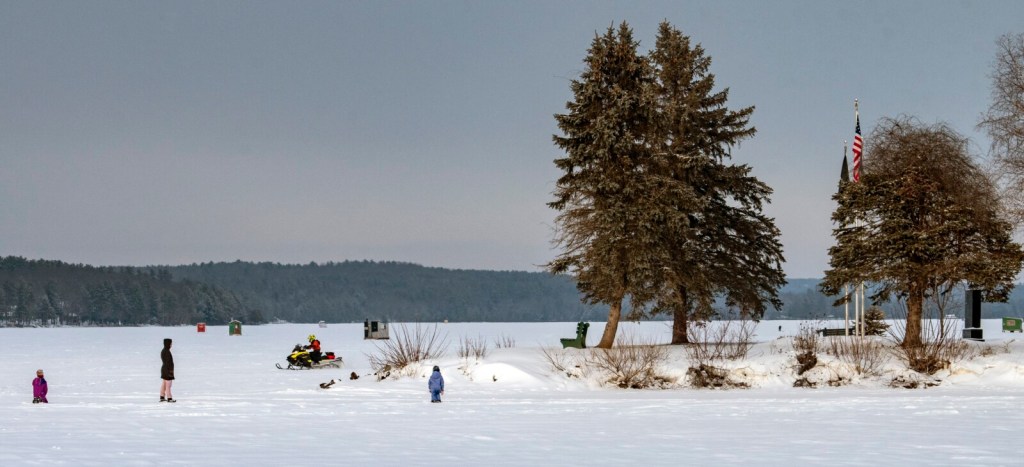
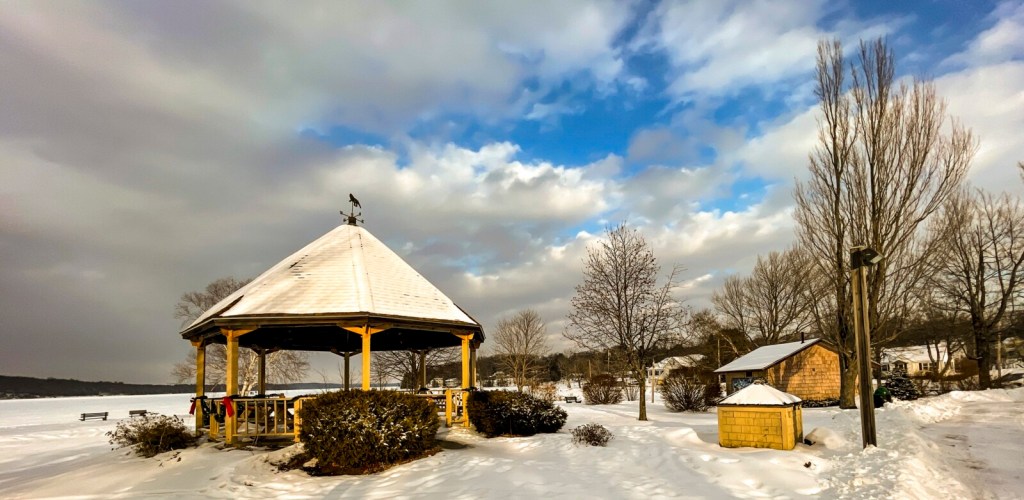
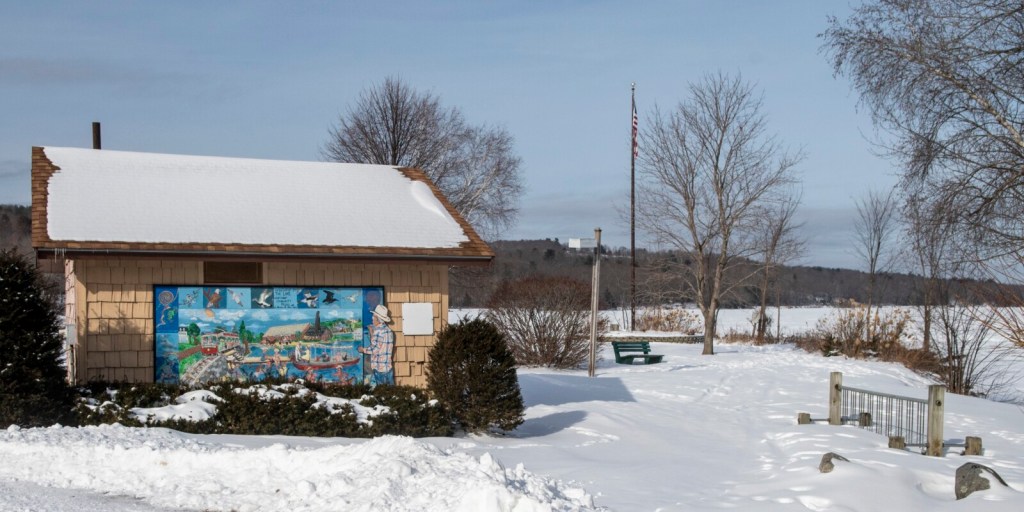
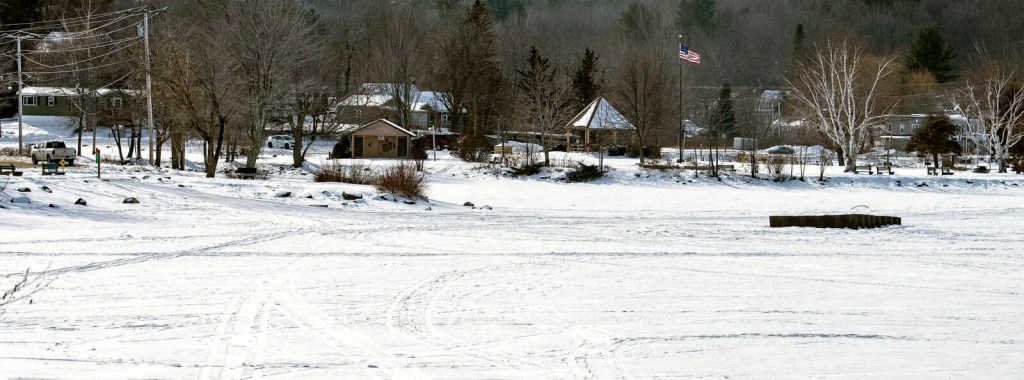
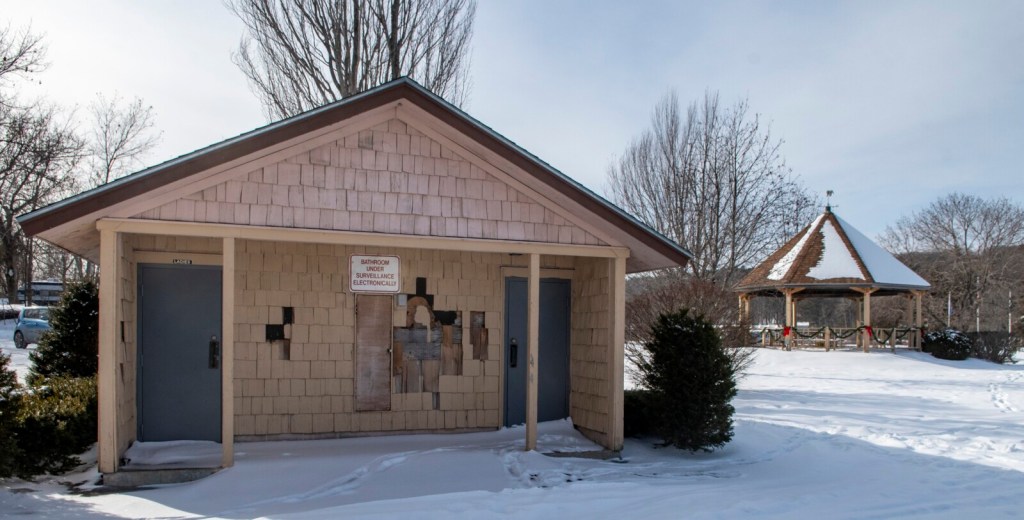

Comments are no longer available on this story